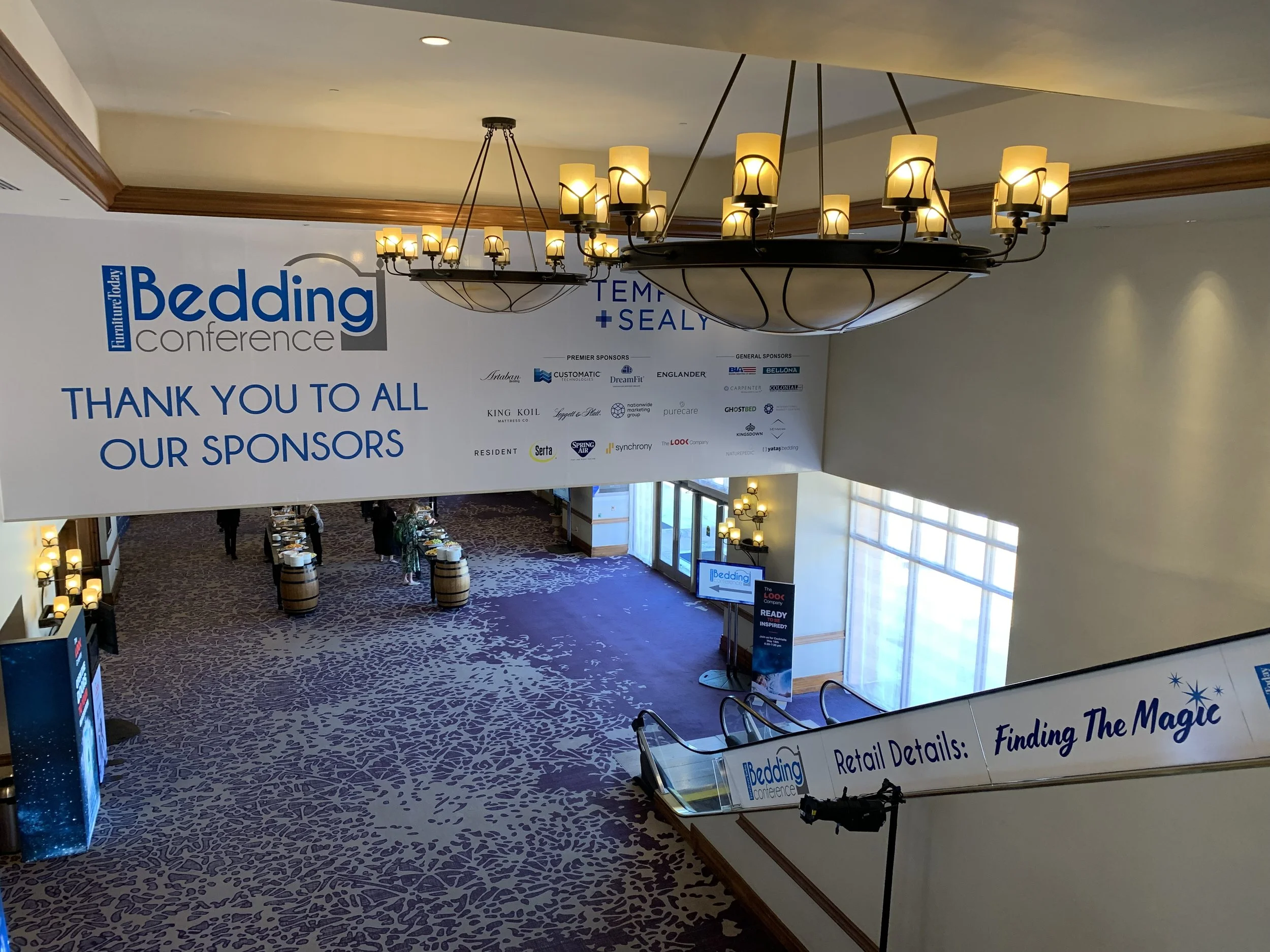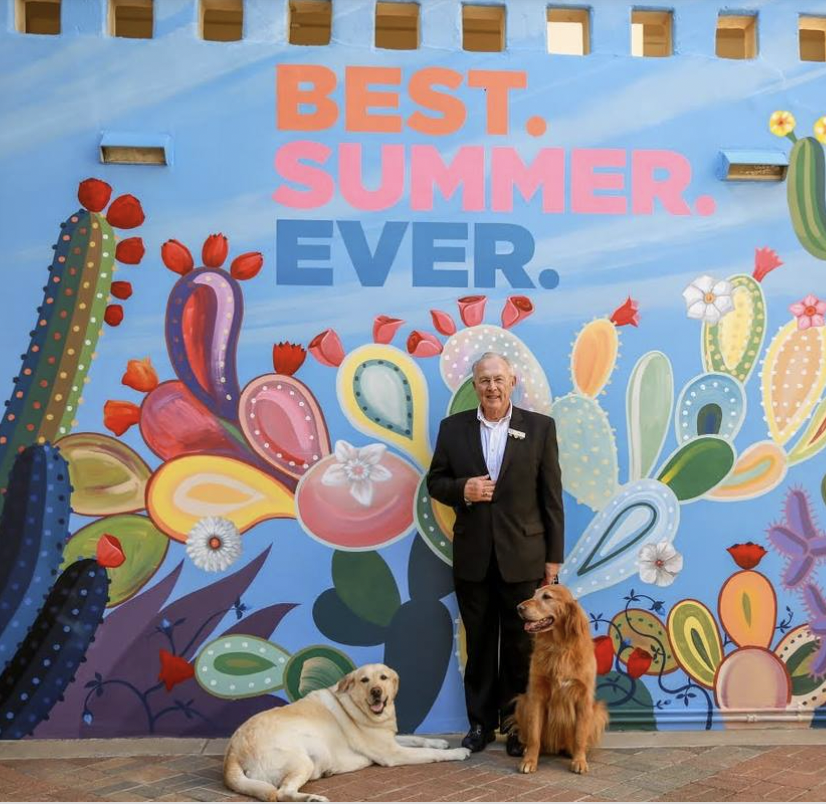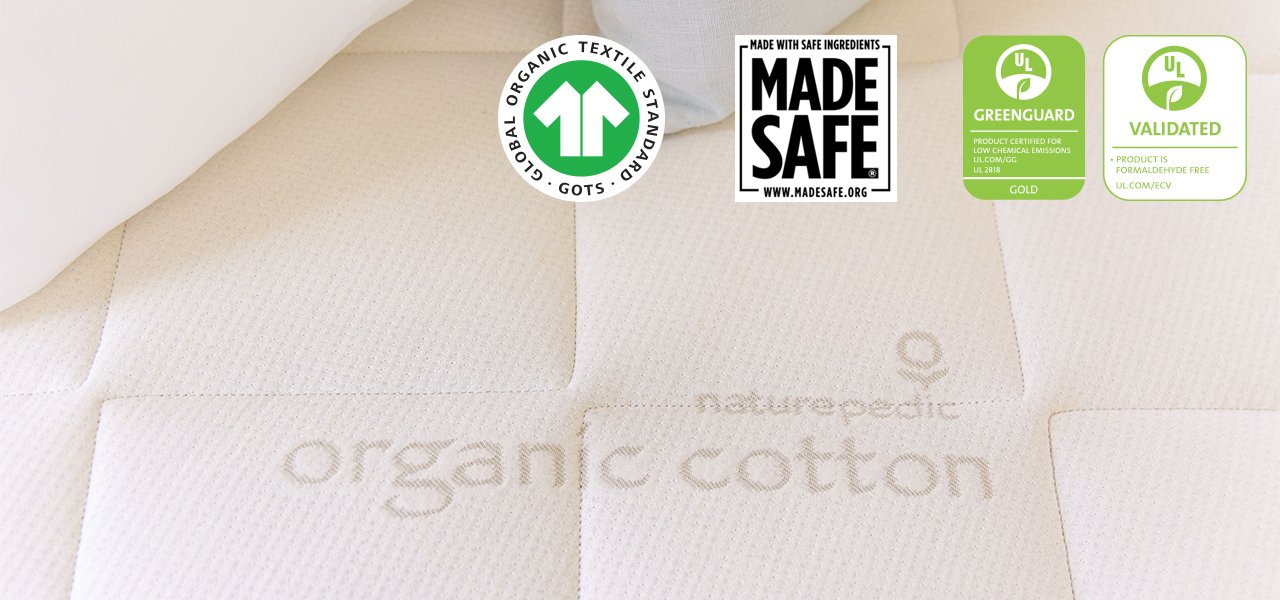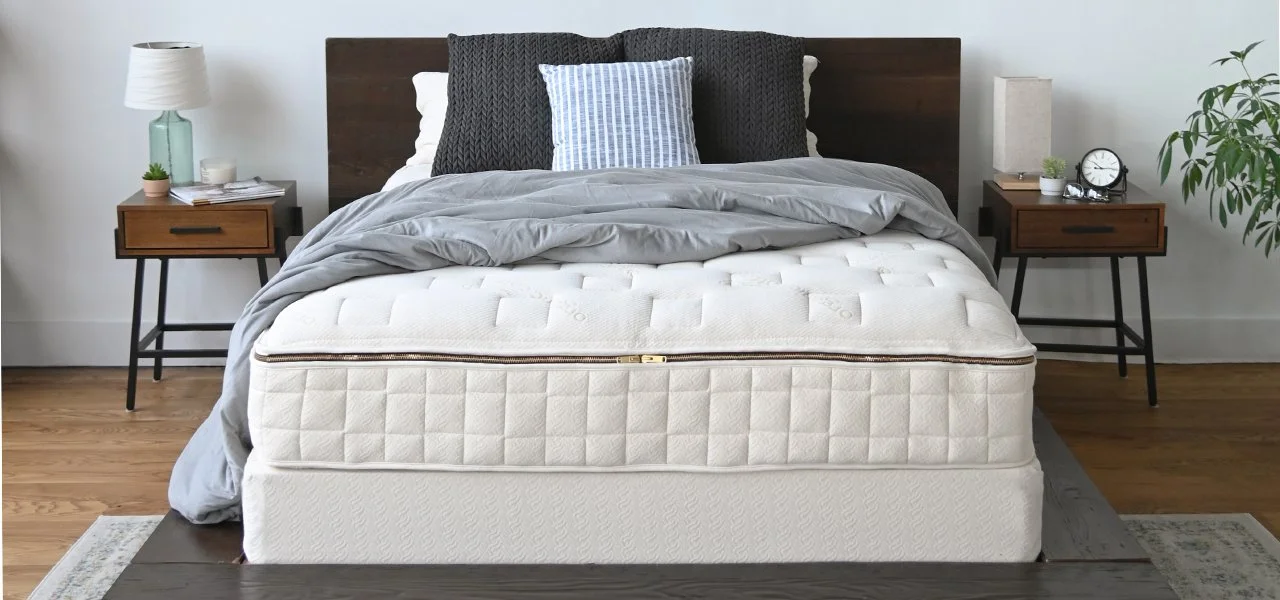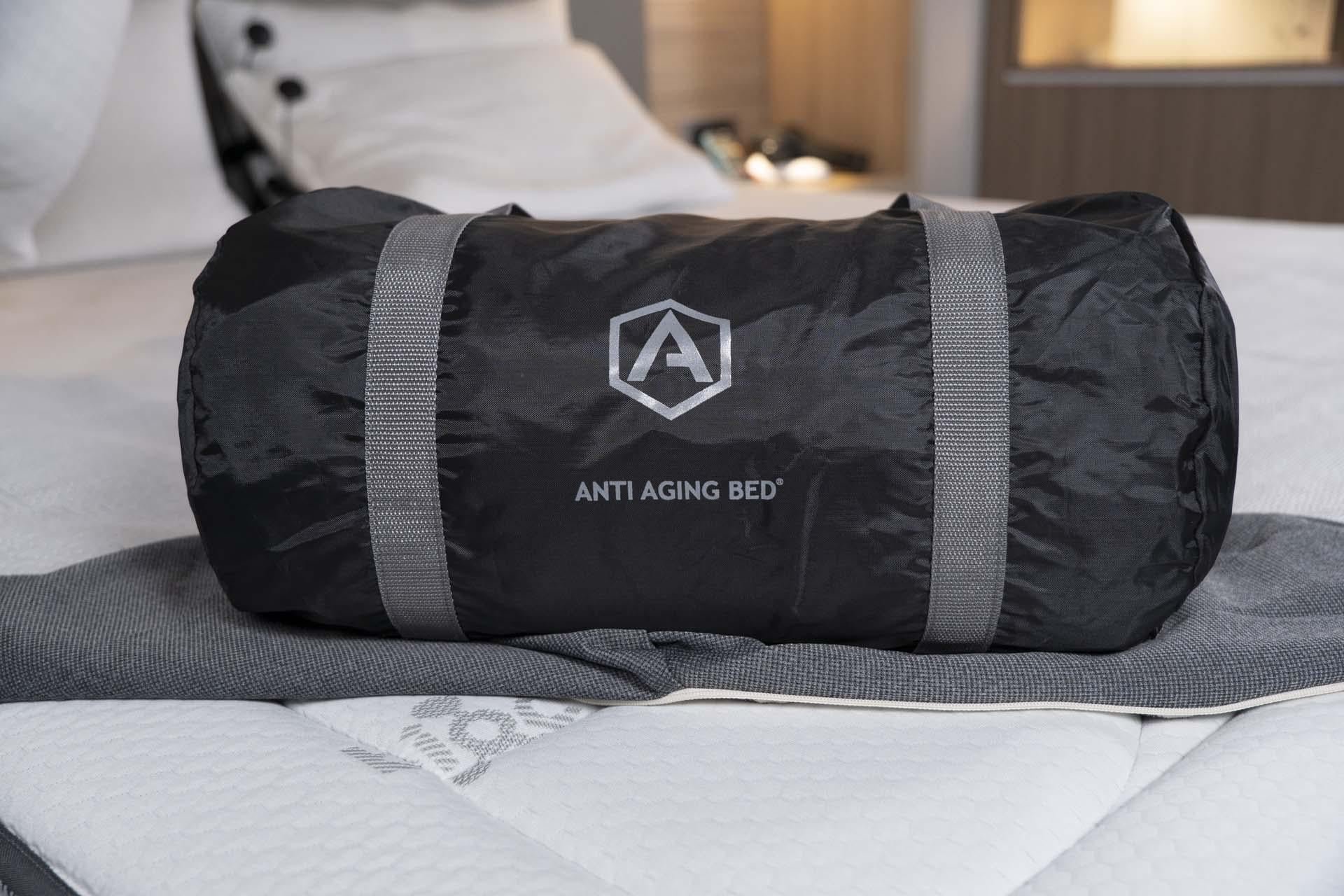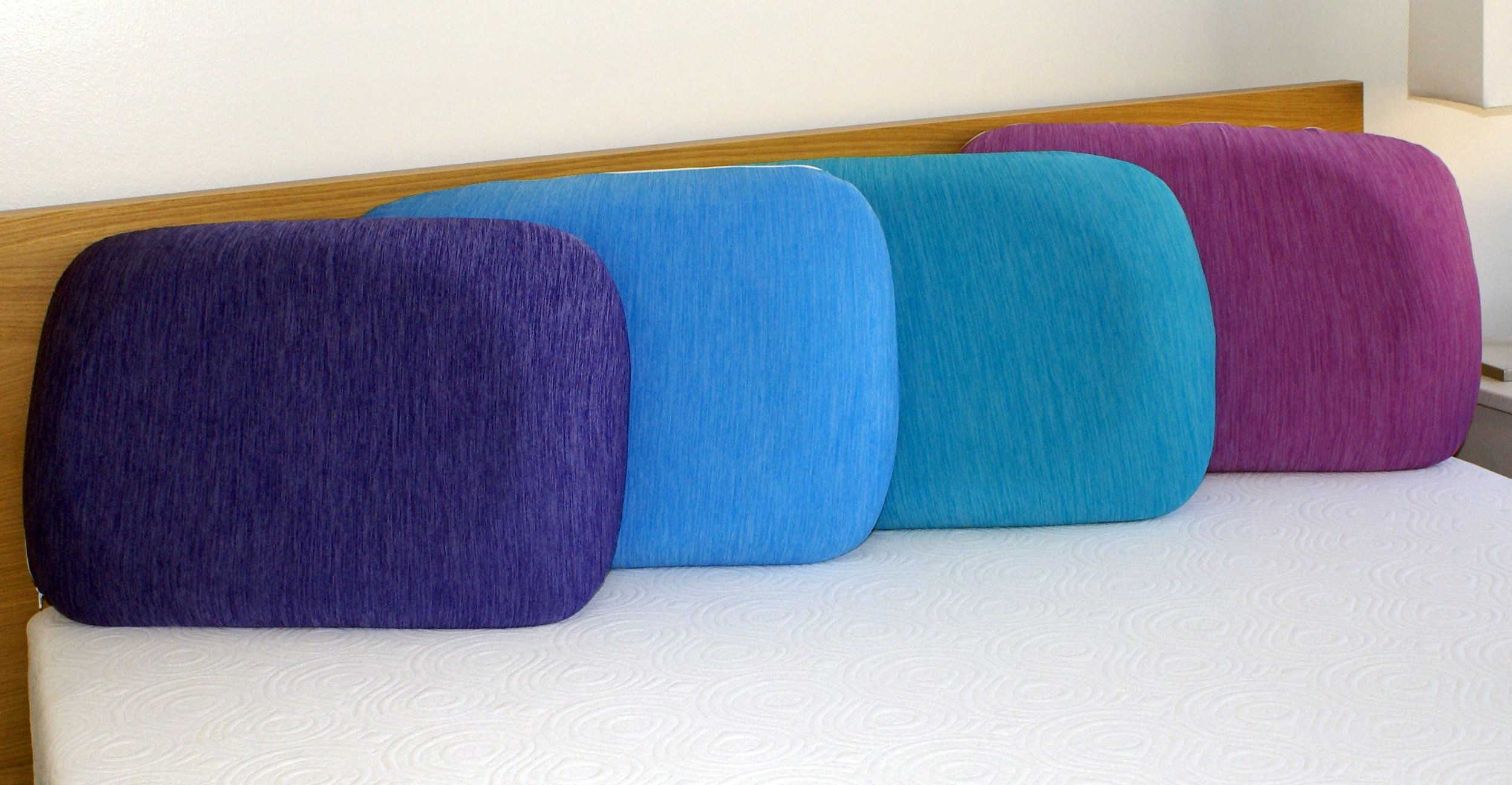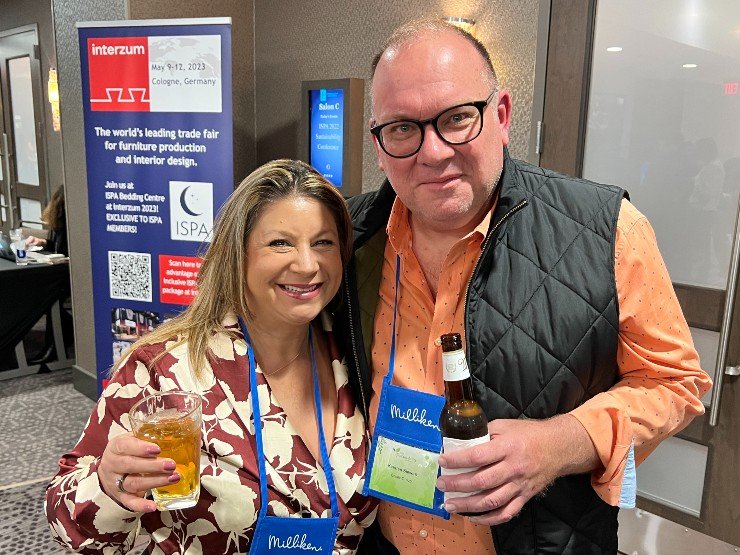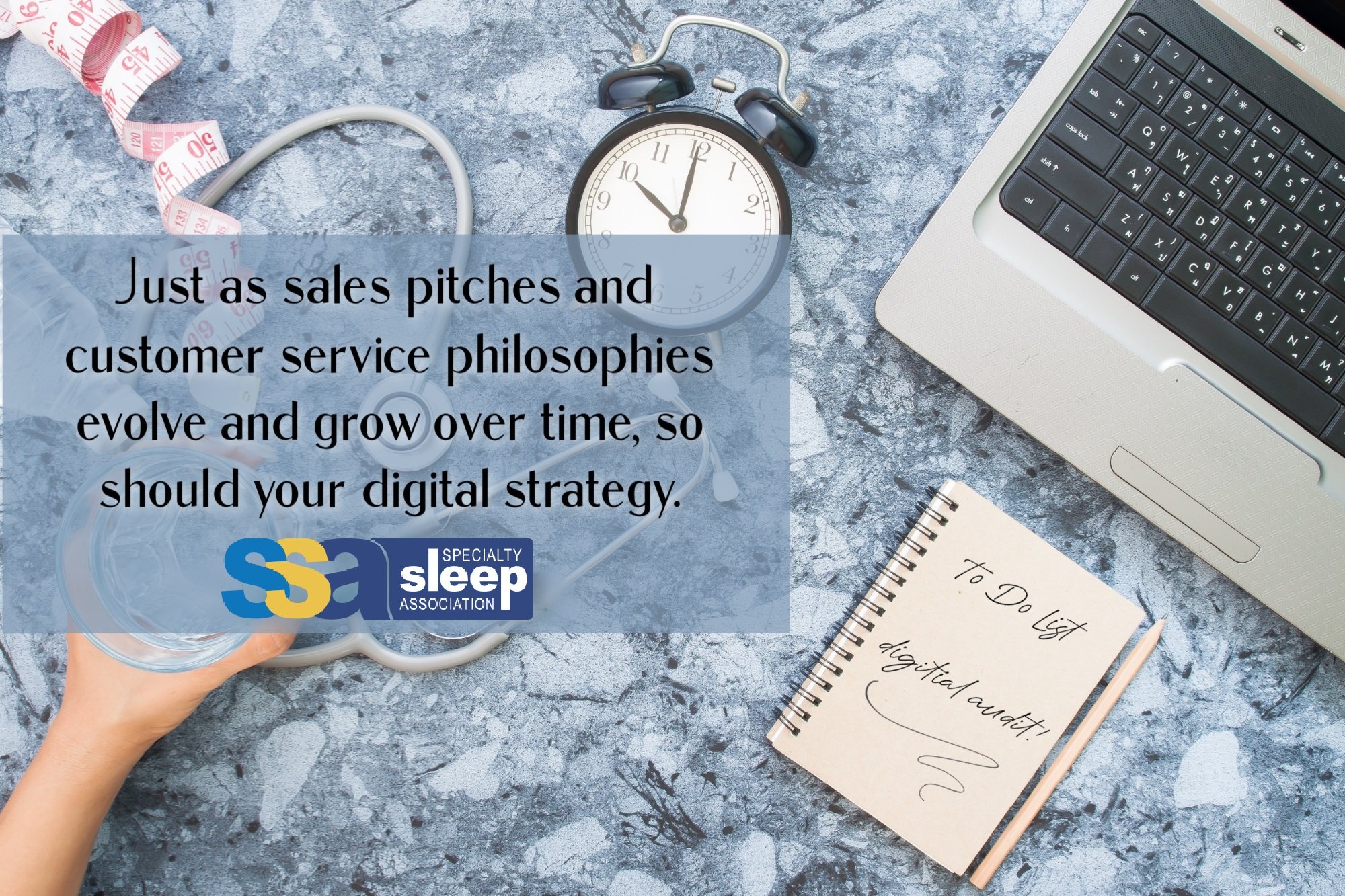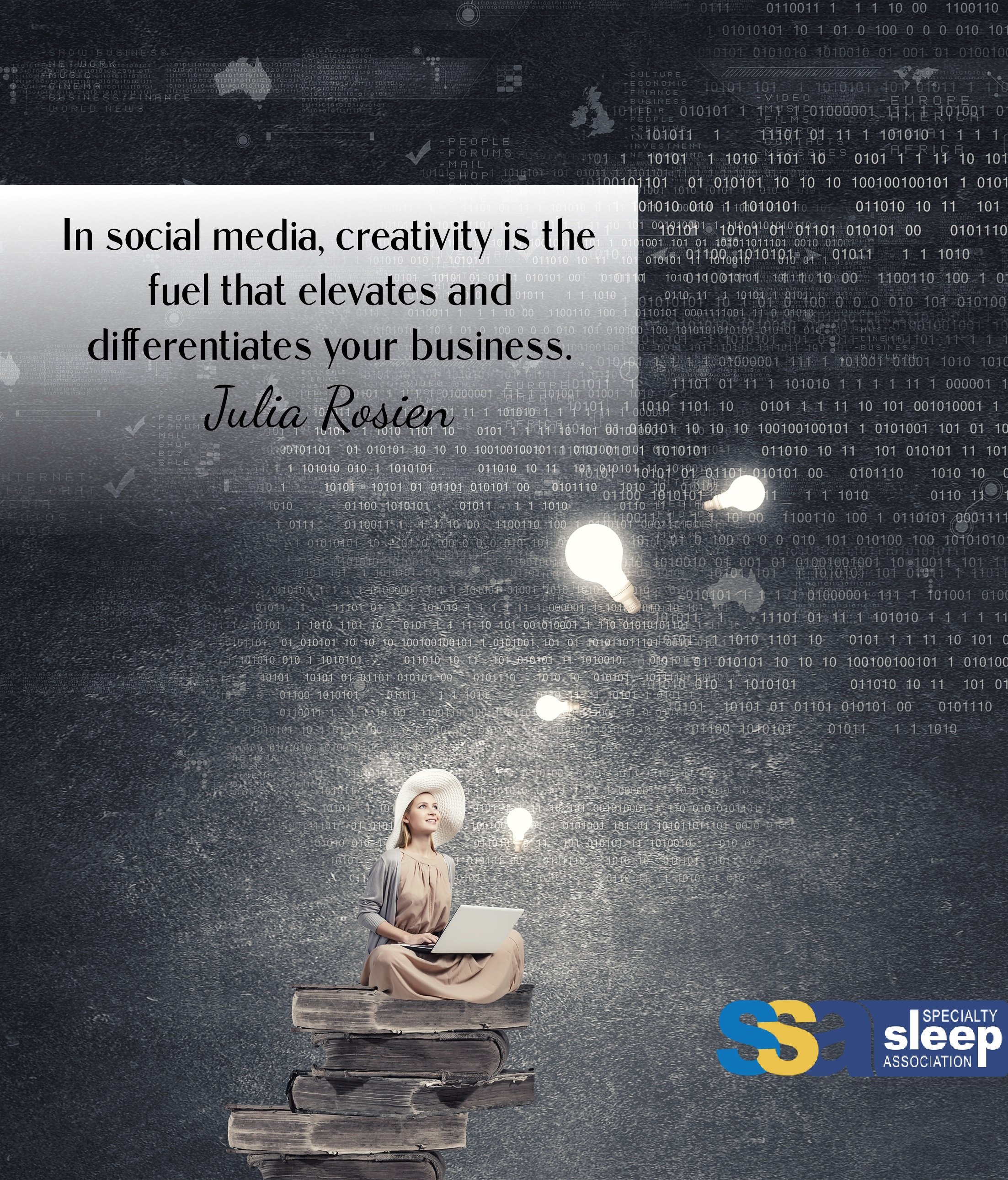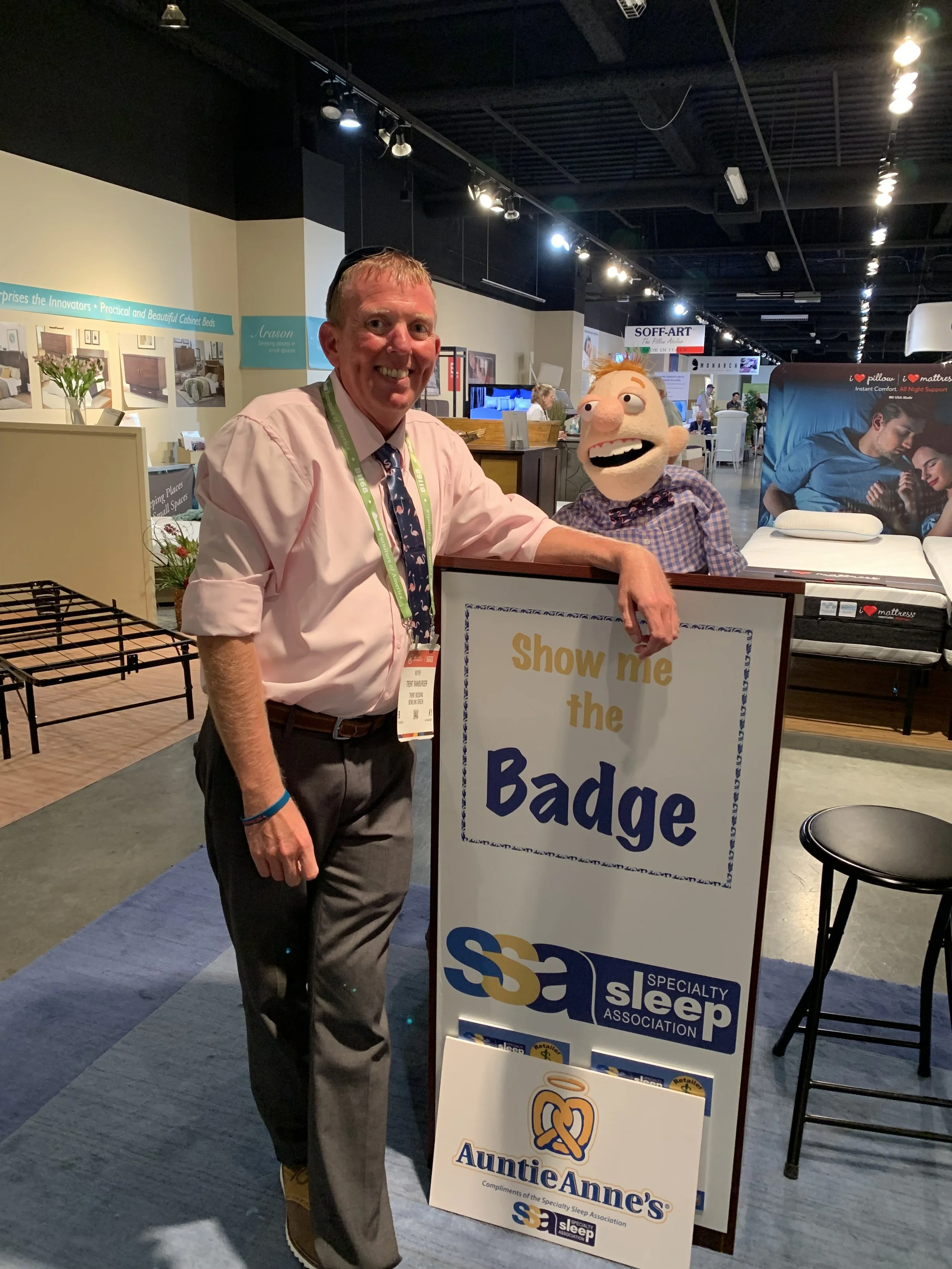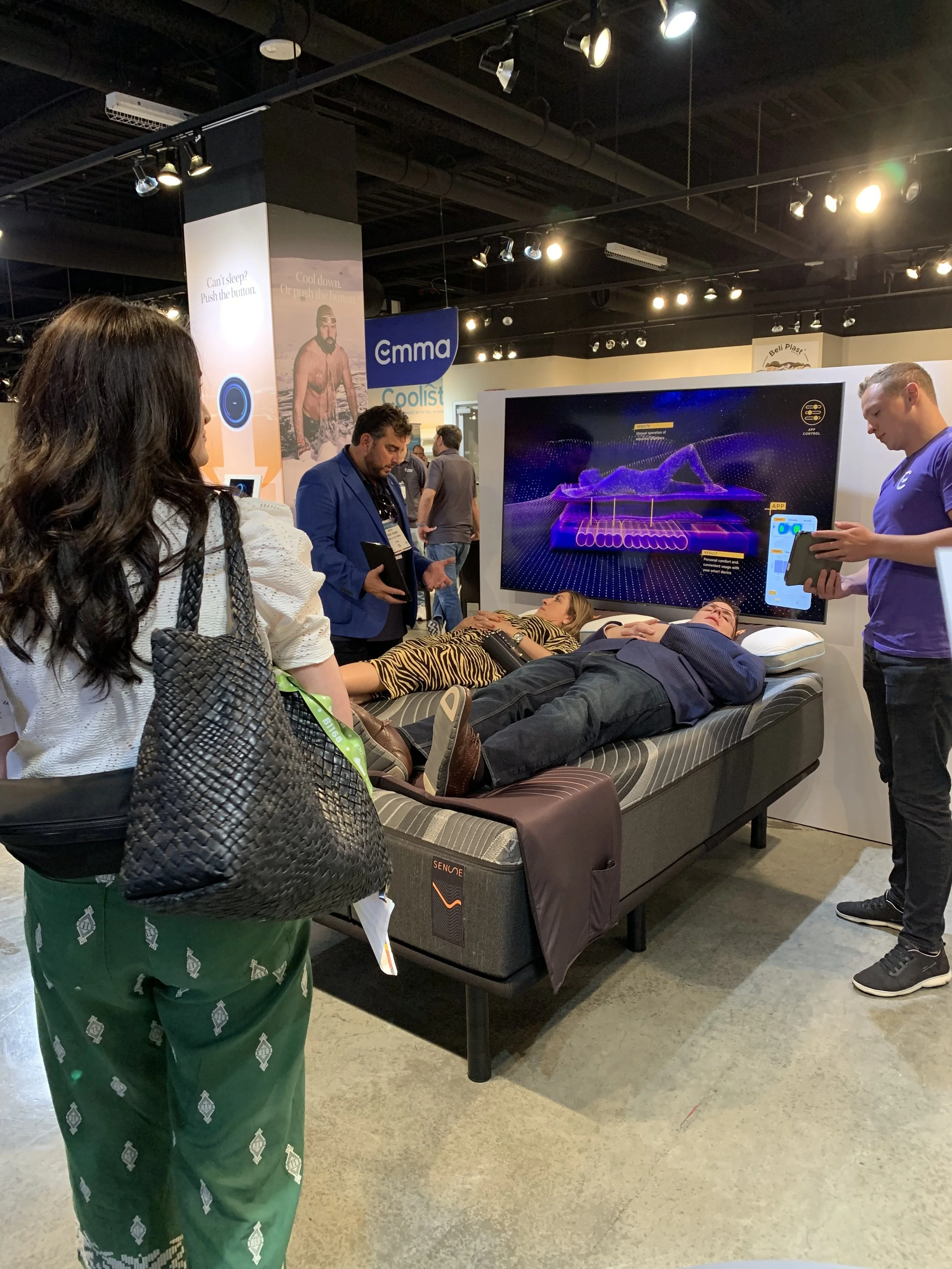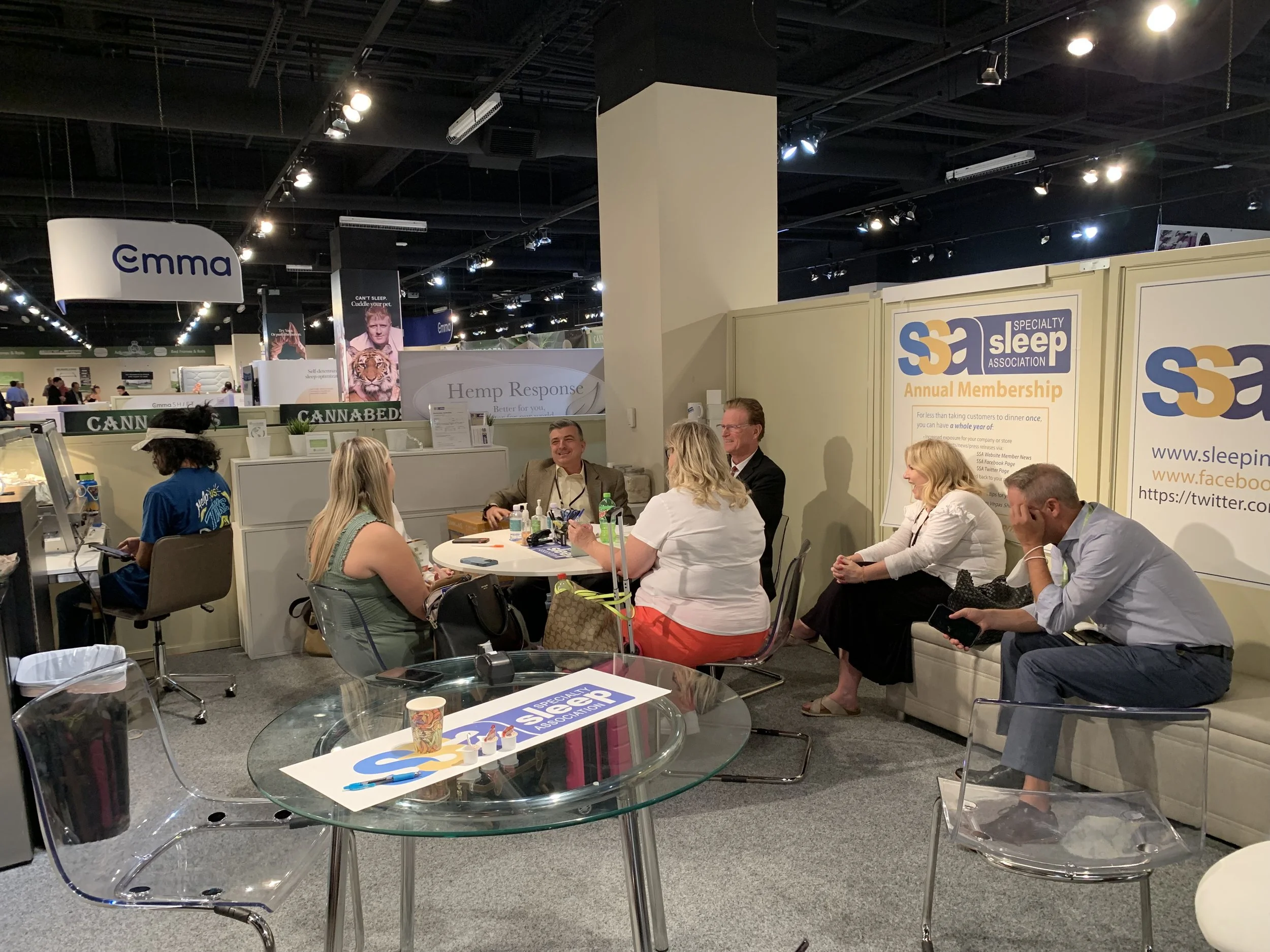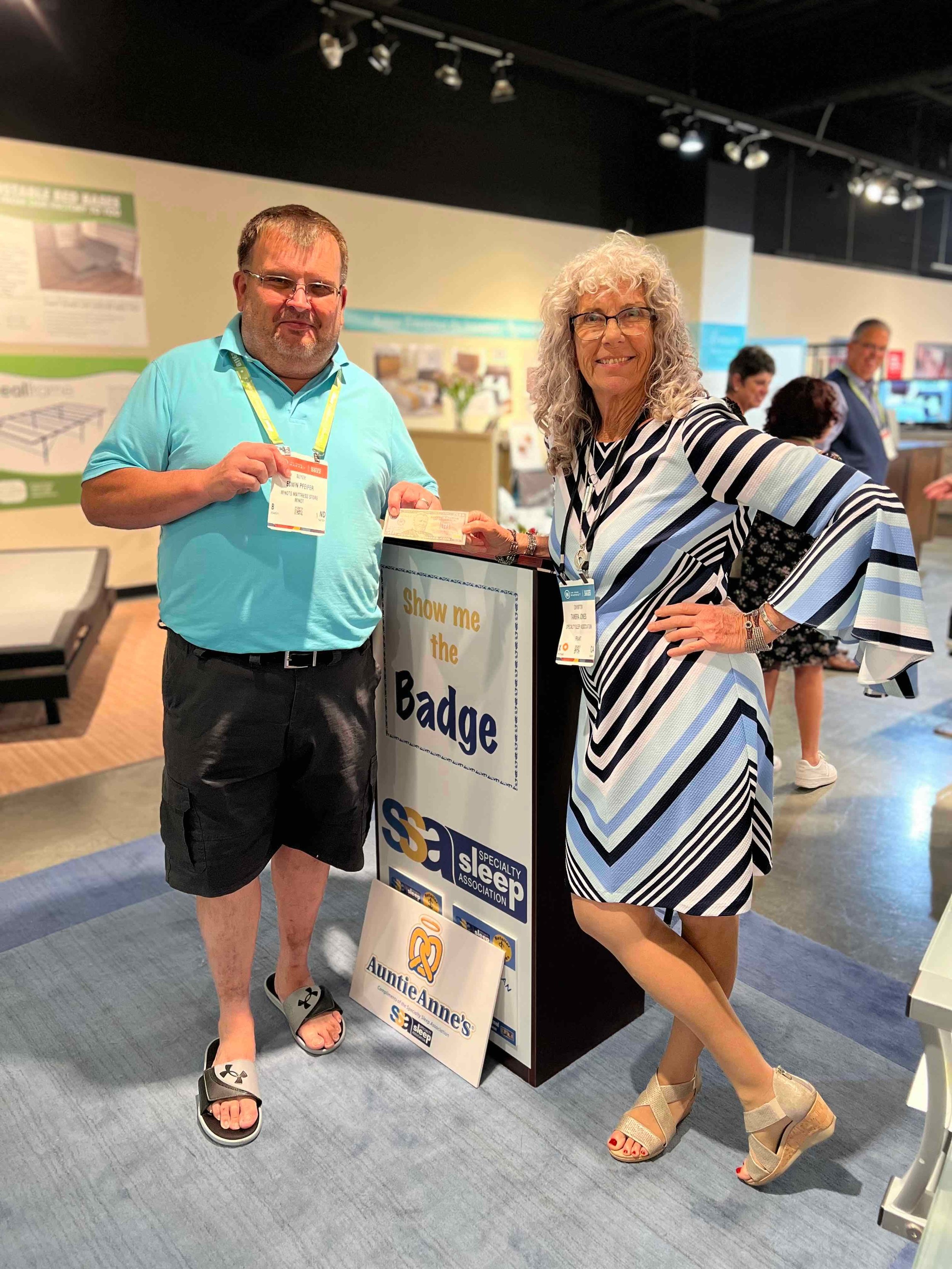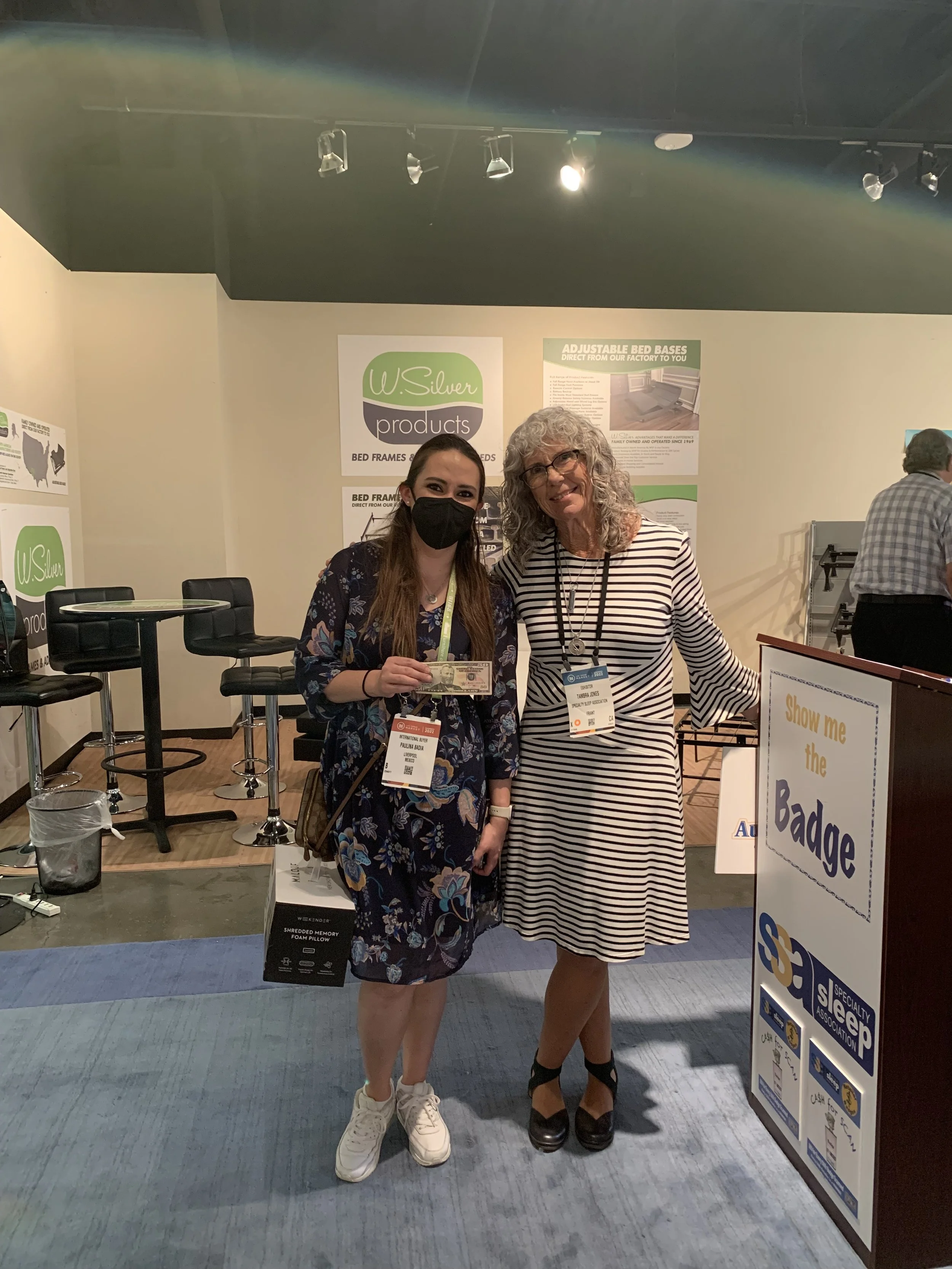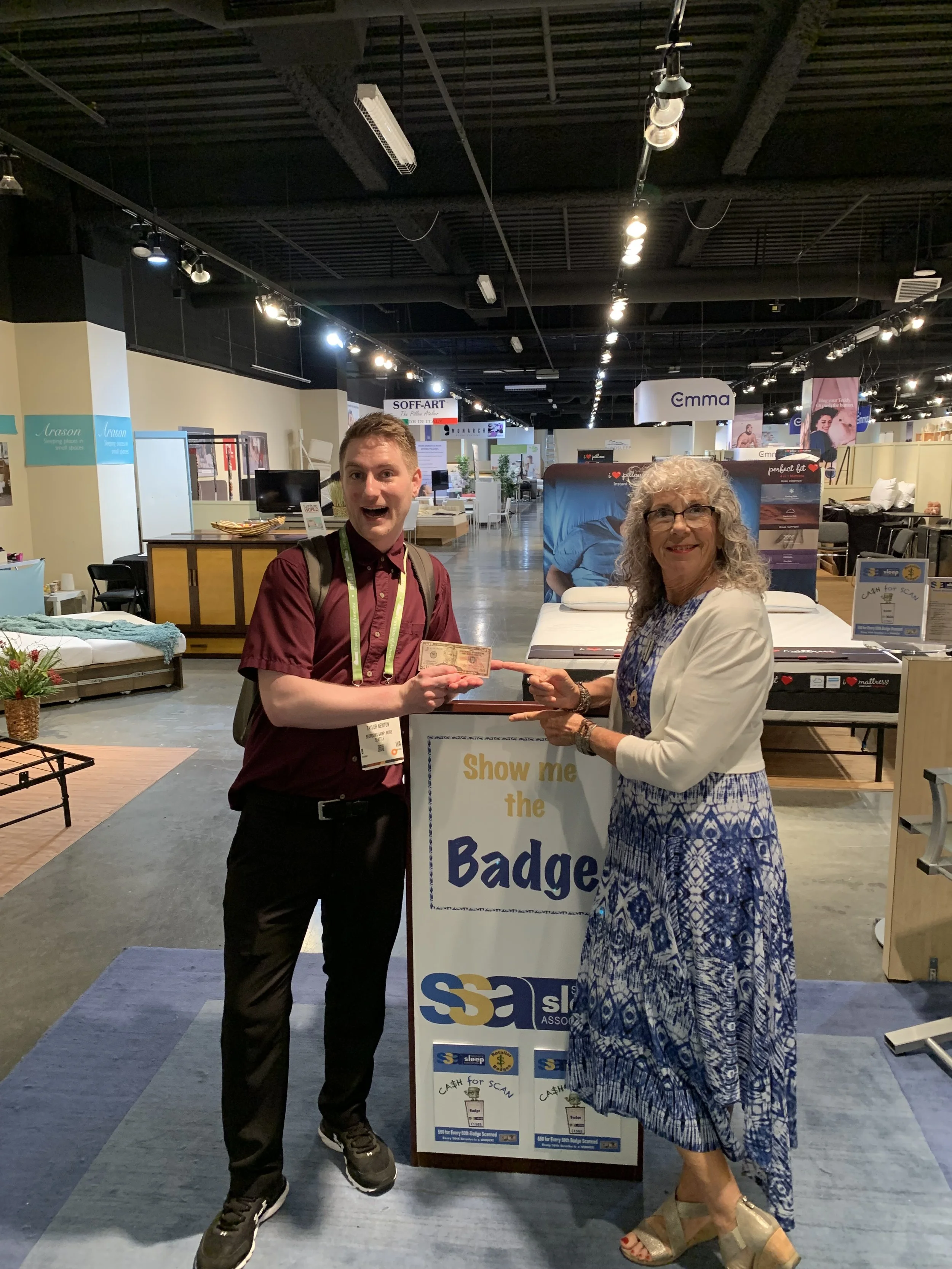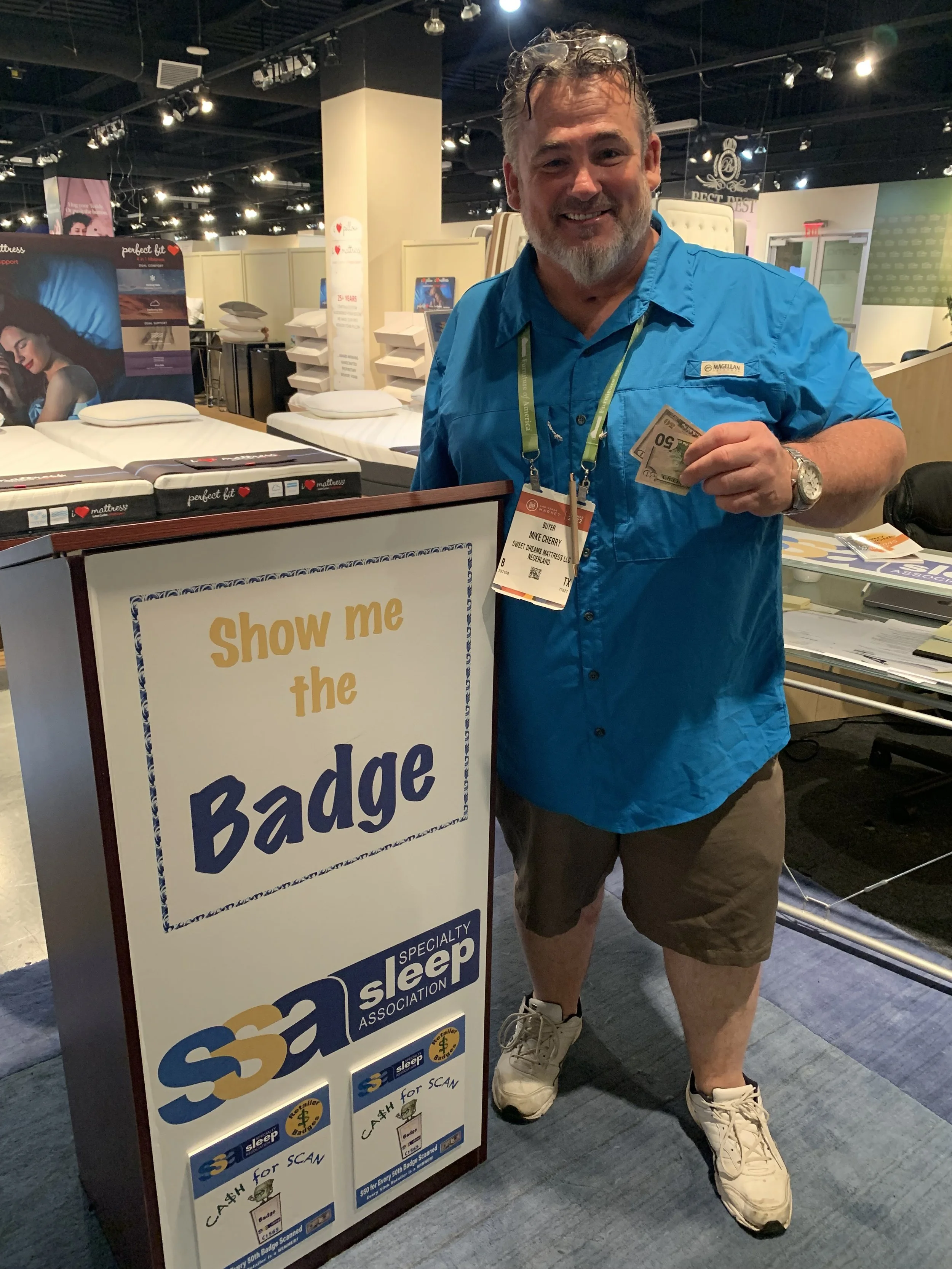Notes from SSA Executive Director Tambra Jones
The Furniture Today Bedding Conference was held at the JW Marriott Star Pass Resort in Tucson, AZ
Why do we attend these annual industry events? We go for business networking of course, and to listen and learn from a few well-curated speakers. We also go to learn more about the people we see and have seen in our industry for a number of years - we relish the stories. It’s a different vibe than at a trade show and there are different expectations. We bask in the camaraderie and shared history. Who can’t use a little more basking… a little more camaraderie?
Some of us actually began the conference outside Phoenix at the Wigwam Hotel with David Binke and the King Koil team for their annual kids’ day event (my favorite part of the conference!) King Koil brought 3 busloads of kids from the Girls and Boys Clubs out to the Phoenix Raceway for fun and food. Volunteers spent the afternoon with the kids at several activity spots on the Raceway campus and then the grown-ups boarded our own bus - first back to the Wigwam for a little King Koil reception - and then to Tucson the next morning to join the rest of the Bedding Conference attendees at the Marriott.
Fast cars on display
Girls and boys getting ready for fun at the raceway
Simulated speed in a racecar
The educational side of the conference kicked off with 2 morning keynotes. First, Scott McKain brought his radio-voice to a vibrant presentation about The Ultimate Customer Experience. He reminded us of what a pretty good businessman had to say about branding. “Your brand is what they say about you when you are not in the room” ~ Jeff Bezos. He challenged us to think about how we create distinction in the industry - how we stand out. He suggested that a compelling experience is what is remembered. Not so much the process (what the customer has the right to expect) or prices/service (what we do to remove friction in the transaction) - but its the experience that makes an impression - makes it personal - and what can make a connection that will generate customer loyalty. He told us about his own experience with “Taxi Terry” - a taxi driver who nailed how-to-make-a-great-first-impression. He’s got this story recorded on YouTube - it’s worth a listen.
Bixby and Griggs living their best life
Scott told us about the Fairmont Hotel, Scottsdale and how they tapped into empathy to connect with customers by the way of 2 dogs who greet guests when they arrive (for that feeling we get when we arrive home and our dogs are so happy to see us). The idea worked like a charm - they were booking at capacity and the hotel has even published books and created stuffed dogs celebrating (and promoting) their canine ambassadors Bixby and Gibbs.
To illustrate how taking personal responsibility affects customer experience, McKain told us about the St. Elmo Steak House (Indianapolis, IN) where servers have been with the restaurant for decades, have their own business cards, and personally follow up with customers at their table(s). The customer loyalty is such that the Rolling Stones arranged to be in Indianapolis for 2 nights instead of one - just so they could eat at St. Elmo’s twice… wow! These stories really do allow us to see how some have truly created the ultimate customer experience.
Dr. Weil
Dr. Andrew Weil was the second keynote. I have always been a Dr. Weil fan - and he did not disappoint. He talked about integrated medicine - addressing the whole body - to heal any aspect of the body. He emphasized the importance of sleep and encouraged us to pay attention to our lifestyle. He addressed the two main culprits in a sleep cycle malady - falling asleep (our minds are too active) and staying asleep (what is our sleep hygiene?) We are all pretty well versed in sleep culprit lingo and we have heard about many strategies to fix them. Dr. Weil talked about a few - emphasizing that whatever we use - make it a natural product. He ended his talk with his famous 4-7-8 breathing technique - a very calming and centering technique. You can watch him teaching this on YouTube - I recommend it.
Russell Evans presented his study for what The Shifting Consumer Journey looks like - based upon the customers’ in-store experience. He talked about customer expectations, and to address them he listed empathy for customer circumstances, the importance of an omni-channel approach for marketing, communicating company values, using digital videos and some sort of influencer, and transparency with the customer (who has usually done some homework and expects it).
This year FT threw in a gameshow session where contestants played versions of familiar TV gameshows (think Family Feud, Pyramid, Jeopardy, etc.). I gotta say it was fun - and at the end of the last game SSA contributing blogger and Restonic digital marketing specialist Julia Rosien was the last person standing with the correct answer. She won a few Starbucks gift cards (which she shared). After the gameshow there were two panel discussions - the first focused on what manufacturers wanted retailers to know and the second was about what retailers wanted manufacturers to know.
Our last session of day had us watching/listening with bated breath as Seth Basham, CFA, the Managing Director of Equity Research at Wedbush Securities told us (via a series of detailed graphs) to hunker down but prepare for growth as he presented an Economic Outlook & Implications for the Bedding Industry. There was a LOT to digest here - no joke. I will list the titles of his slides and if you would like to see them, I encourage you to reach out to Furniture Today and ask for the deck. He ended saying that the bedding industry would see modest growth in the remainder of the year… I was dazed by data - check out these slide headings and you will see why.
U.S. Economic Outlook
Inflation Remains Stubbornly High but Is Slowing…As Supply Side Inflation Drivers Are Cooling
Pricing Headwinds Are Decreasing but New Concerns Are Emerging
Tightening Credit Conditions Threaten to Destabilize the Economy…And Are Already Impacting Consumers
Most Consumers Believe It Is a Bad Time to Buy Large Household Goods…
Relief Is Ahead: The Fed Could Reduce Interest Rates Starting as Soon as Mid-2023
Bedding Industry Outlook
The Bedding Industry Has Already Been in a Recession…And 2023 Is Off to a Weak Start
Yet, the Industry Has More Than “Given Back” the Excess Units Sold in 2020-2021…And Comparisons Ease Sharply through the Year…Which Should Drive Modest Growth for the Balance of the Year and into 2024
Bedding Retailer & Supplier Positioning
Tempur Sealy Acquisition of Mattress Firm Could Have Wide-Ranging Ramifications
How Should Bedding Retailers & Suppliers Prepare for the Next Year?
Slide showing results from eye-mapping customers
Friday morning Adam Kavett, Director of Insights & Consulting for Envirosell presented Creating Store Environments that Inspire. Adam regaled with an array of slides showing us how consumers behave in stores. He showed how signs (and lack of signs) in retail bedroom stores are used, and talked about a “messaging hierarchy” that will attract, engage and then convert. We want to let the customer know what is in the room - but don’t clutter! He talked about a fascinating tool called eye-mapping and how it was used to collect some of his data.
The last presenter was Mike Magnussen from Goodbed.com who talked about Consumer Disruption Trends - and the importance of product reviews (including how to win out over the “mattress review mafia”). Mike showed data pointing to what great opportunities brick and mortar retailers have to improve their revenue performance (the number of consumers willing to purchase a mattress sight-unseen is dropping). That being said, he advised that in addition to curating a great in-store experience, brick and mortar retailers should add DTC brands to their line-up and improve their digital footprint (websites and store/brand reviews). Mike said he would share his presentation deck and tools for obtaining proper store reviews, so reach out to him at goodbed.com for that.
Julia Rosien and Tambra Jones toast - to the bedding industry and all who sail in her!
The final panel discussion - called Retail Without Borders - asked retailers to talk about how to best meet customers “where they shop” (in-store and online). And then it was time for goodbyes and take-cares. Next stop for hugs and camaraderie - Las Vegas Market - see you in the SSA Sleep Pavilion - C1565!

